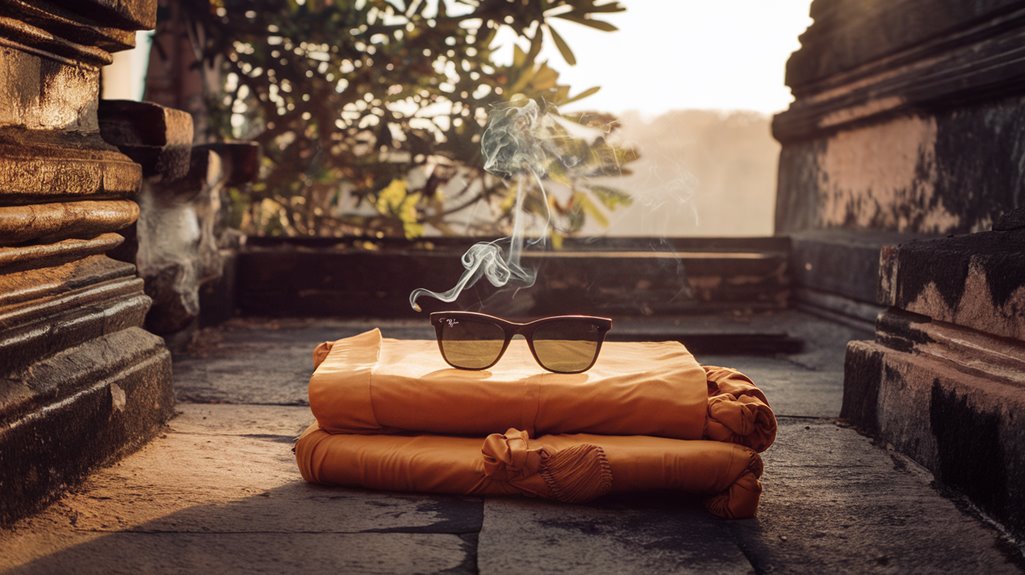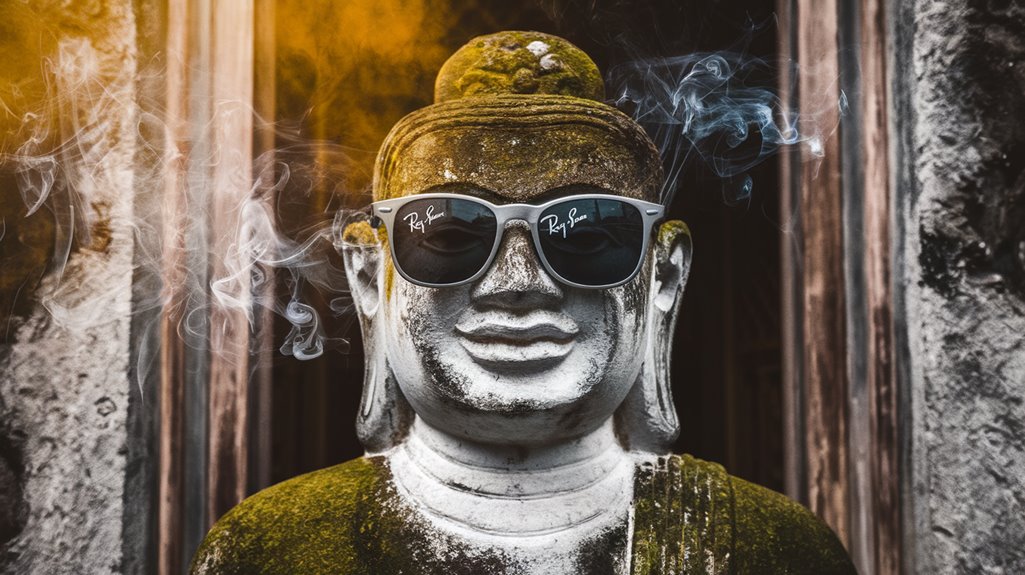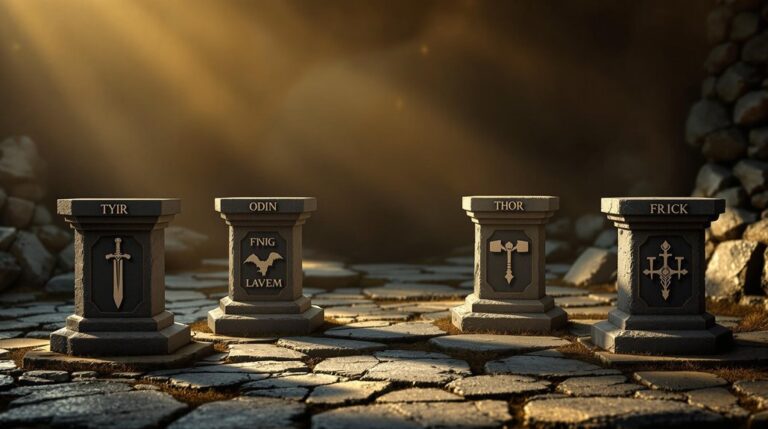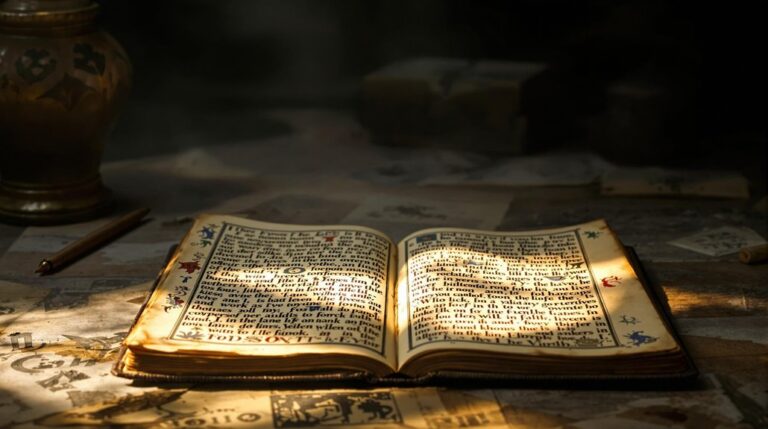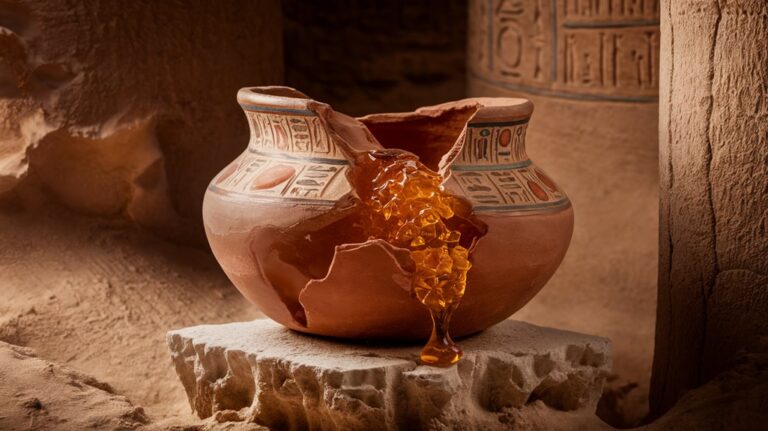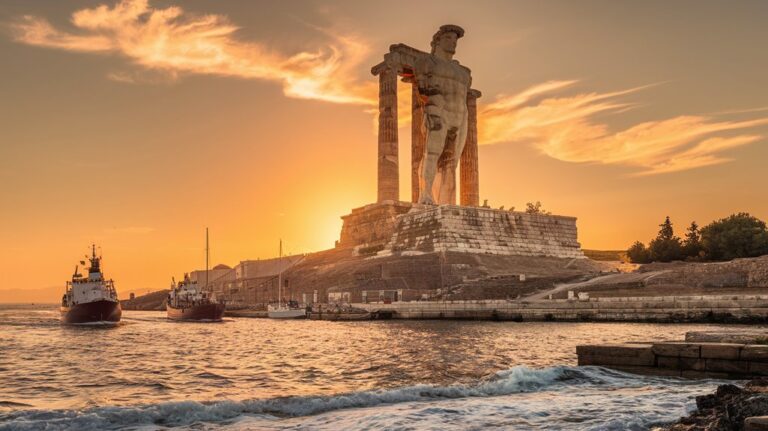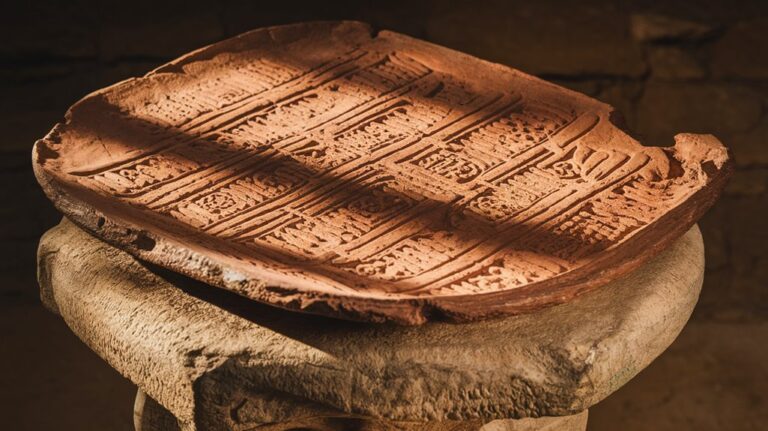The Mysterious Monk in Ray-Bans: Koh Samui’s Odd Legend
You might wonder if it's just another tourist gimmick – a mummified monk wearing Ray-Bans in a Thai temple. Yet, the story of Luang Pho Daeng represents something far more profound than mere spectacle. At Wat Khunaram on Koh Samui, this preserved body tells a tale of extraordinary spiritual dedication and Thailand's unique ability to blend sacred traditions with modern elements. What led to this unusual fusion of ancient Buddhist practice and contemporary fashion offers surprising insights into Thai culture.
The Story of Luang Pho Daeng
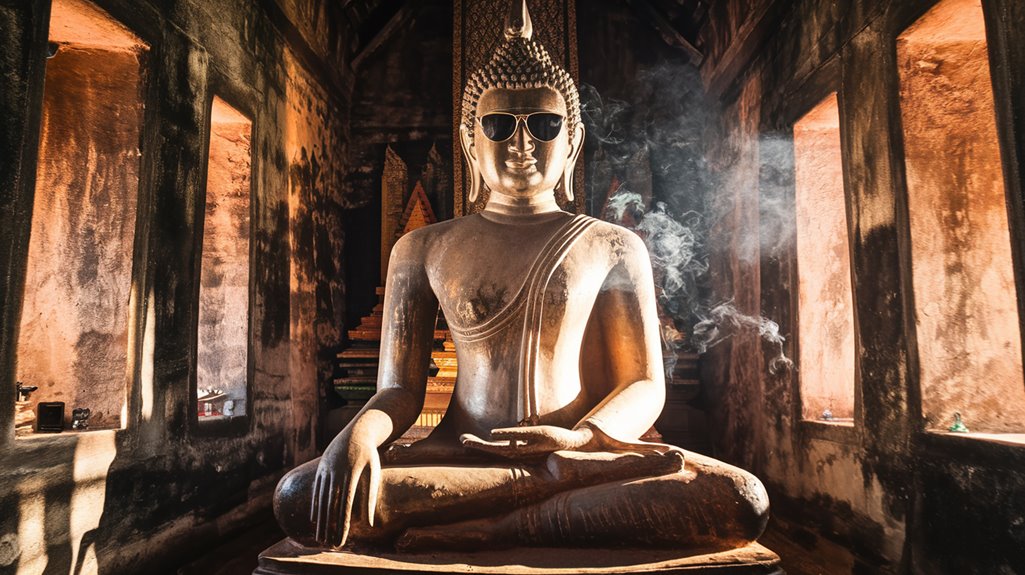
While many Buddhist monks seek enlightenment through meditation, Luang Pho Daeng's path was uniquely inspiring. Born in 1894 on Koh Samui, he first entered monkhood in his twenties but chose to leave and start a family.
After raising six children, he returned to monastic life at age 50, where he mastered Vipassana meditation. Native geckos have since made his preserved body their home, with eggs beneath the skin.
His dedication to meditation was extreme, as he could meditate for up to 15 days continuously.
When he predicted his own death and spent his final week without food or water, preparing for self-mummification.
When he died in 1973 while meditating in the lotus position, his body was placed in a glass case at Wat Khunaram.
Today, you'll see his preserved form wearing sunglasses – added after his eyes naturally receded – serving as a powerful reminder of Buddhist teachings about impermanence.
The Art of Self-Mummification
Although many view Buddhist practices as peaceful meditation, some monks pursued the extreme path of self-mummification – a grueling process that could span up to nine years.
During this intense journey, you'd find monks drastically reducing their food intake while maintaining rigorous meditation and chanting routines. The monks often performed their rituals in complete solitary isolation, following strict individual paths.
The self-mummification techniques were particularly demanding. After years of preparation, monks would enter a stone tomb with just an air tube and bell to signal they were still alive.
Their spiritual motivations included achieving Buddha-like qualities and gaining superhuman powers. They'd meditate until death, after which their tomb remained sealed for a thousand days. Early practitioners would often have their bodies preserved using glue and lacquer techniques.
When reopened, a successfully preserved body meant the monk had achieved enlightenment. While Emperor Meiji banned this practice in Japan in 1879, you can still find examples of these dedicated monks, like Luang Pho Daeng in Thailand.
A Body Defying Time
Inside a glass casket at Wat Khunaram temple, the mummified body of Luang Pho Daeng sits in quiet meditation, defying the tropical climate of Koh Samui since 1973.
You'll find his remarkably preserved remains displaying minimal decay, despite Thailand's hot and humid conditions that typically accelerate decomposition.
The monk's preservation techniques included intense meditation practices that reduced his metabolism and strict dietary restrictions before death.
These methods, combined with natural desiccation, have kept his body intact for over five decades.
Beyond its scientific intrigue, the display holds deep cultural significance as a powerful reminder of life's impermanence.
When you visit the temple between Na Muang and Hua Thanon, you'll witness this extraordinary proof of Buddhist dedication, where Luang Pho Daeng continues to teach valuable lessons about existence even after death.
The monk now wears dark sunglasses to cover his naturally deteriorated eyes while maintaining a dignified appearance.
Before choosing monastic life, he experienced a prosperous family life that he willingly left behind to pursue spiritual enlightenment.
Shades of Reverence: Why the Ray-Bans?
Behind the iconic pair of Ray-Ban sunglasses adorning Luang Pho Daeng's face lies a practical solution to a delicate problem.
When the monk's eyes deteriorated after death, the temple's caretakers needed to address visitor comfort while maintaining reverence for his final wishes. During his lifetime, extended meditation sessions would leave him severely dehydrated and requiring medical care.
Gecko eggs were discovered in his eye sockets during a scientific study of his remains.
The Ray-Bans' significance extends beyond their practical purpose, representing:
- A bridge between traditional Buddhist practices and modern cultural sensibilities
- A thoughtful approach to making spiritual teachings more accessible to all visitors, especially children
- A symbol of the temple's ability to adapt while preserving sacred traditions
You'll find that this simple solution has transformed what could have been an unsettling display into an engaging reflection of Buddhist teachings.
This transformation makes the monk's final message about life's impermanence more approachable for everyone who visits.
Sacred Home: Wat Khunaram Temple
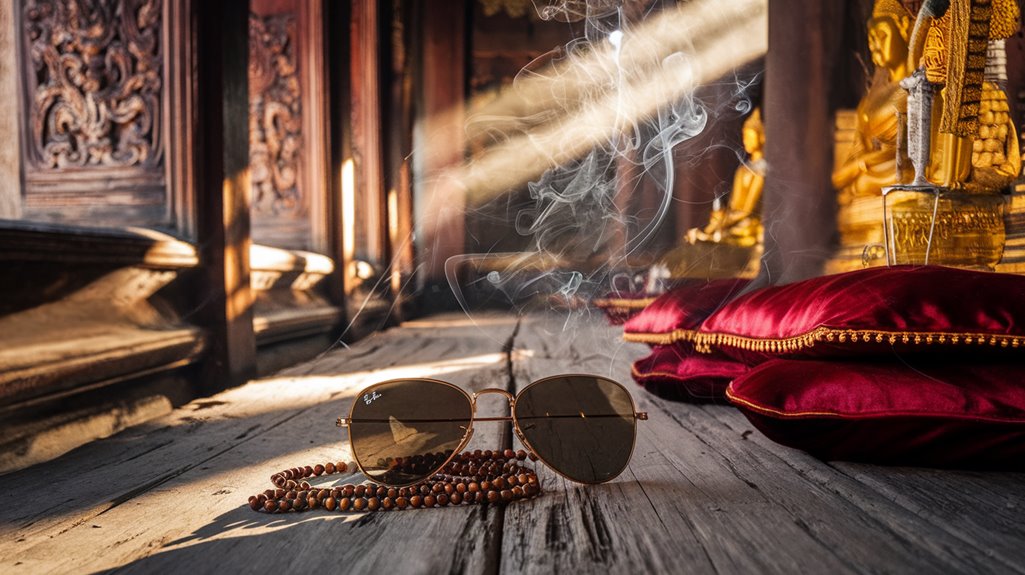
The tranquil Wat Khunaram Temple stands as more than just a home for Luang Pho Daeng's preserved remains.
You'll discover a reflection of Thai Buddhist traditions within its ornate walls, where golden details and intricate carvings showcase classic temple architecture. The sacred site, situated between Na Muang and Hua Thanon, welcomes visitors daily during daylight hours. Tourists can visit this spiritual landmark without admission fees. While there, visitors can participate in monk chanting ceremonies for a deeper cultural experience.
Before you step inside, remember proper visitor etiquette: dress modestly with covered shoulders and knees, and remove your shoes at the entrance.
 strict adherence rules that govern every aspect of daily conduct. Families frequently encourage at least one son to temporarily ordain as a monk, as this practice of earning merit is deeply valued in Thai culture.
strict adherence rules that govern every aspect of daily conduct. Families frequently encourage at least one son to temporarily ordain as a monk, as this practice of earning merit is deeply valued in Thai culture.
The island's Buddhist community maintains its deep reverence for traditional customs while embracing contemporary expressions of faith.

